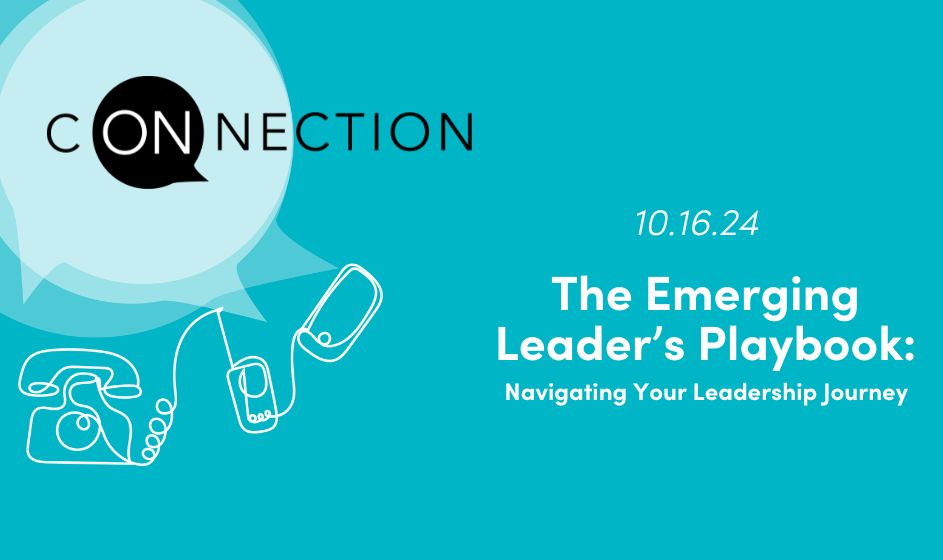Organizations that truly excel in the digital world harness the power of collective brilliance. Sure, some companies clearly have great visionary leaders, but these individuals are not able to make visions come alive on their own. They must harness the power of teams of people.
The recent MIT Sloan research report on digital business emphasizes that to advance in digital maturity today “organizations must act and respond faster than they ever have before.” They need a multitude of digital leaders with a growth mindset who can communicate well and make decisions quickly. This research finds that “Key traits of effective digital leadership are about enabling the organization: providing vision and purpose, creating conditions to experiment, empowering people to think differently, and getting people to collaborate across boundaries.”
Learning to collaborate across boundaries is easy to say and much harder to do. We all have experienced the challenges of teamwork when we have different concerns and circumstances. How do we overcome differences and use them to create brilliance?
Our research and experience shows that to move quickly in digital experimentation, collaborative teams must do these 3 things:
1. Decide Where are We Going: Align deeply on vision and purpose. Before diving into action, teams need to spend time discussing and finding the intersection of different viewpoints and facts that can maximize creativity, speed, and results. They can’t confuse agreement with alignment – to truly align – smart teams spend time discussing and being sensitive to the purposes, concerns and circumstances of all stakeholders. Our Conversation Prep Chart can be a useful tool to guide this conversation.
2. Figure Out How we Decide: Determine, ahead of time, how decisions will be evaluated and made. At the outset of any project, highly collaborative teams develop decision criteria. They determine who and how will decisions will be made? What are the key decision factors – what basis of comparison will be used to evaluate alternatives? Our Standard Decision Criteria Handout 4APR18Decision Making Tool might come in handy for getting your team prepared for this discussion.
3. Determine How do We Make Sure We are Still on Track: Once teams have aligned deeply in these areas, the ability to act quickly is greatly increased. But they make a point to regularly evaluate and adjust. They schedule those adjust conversations in advance. What milestones will be important points of evaluation? How will they measure success? How will they share that learning throughout the organization? What adjustments will be made as a result? Our Adjust Protocol might come in handy for this.
Digital experimentation is never just once and done. There is a constant tension between supporting the core business and pushing into new approaches and products. This requires excellent collaboration and a culture of learning and experimentation. How well do you think your teams are doing in this area? What tools have you found useful in this collaborative and creative process?




